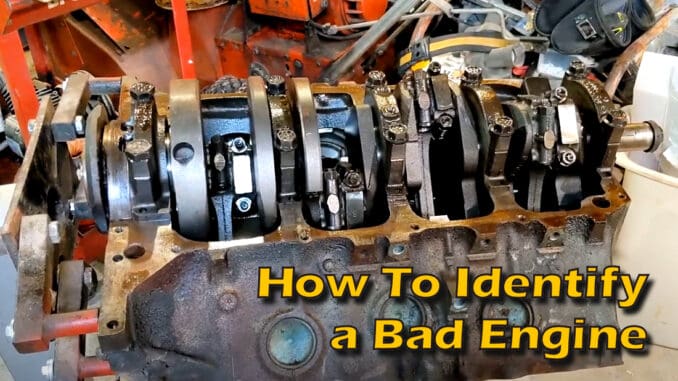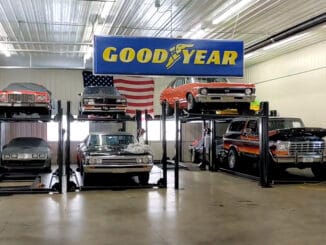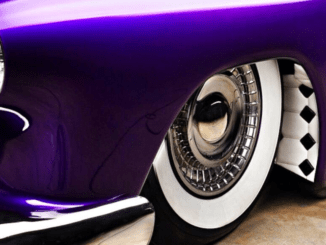
Every once in a while an amazing deal on a sought-after muscle car engine comes up. More often than not, that great price is the result of major wear, damage, or a simple lack of knowledge on the seller’s end.
One good example is this 455ci Pontiac engine purchased by Mad Scientist Garage for a ’75 Firebird. While the seller was very honest and the price was great for that long block of any condition, it turned out to be a rebuilt engine that was very poorly cared for…
Luckily for this engine, it’s well worth rebuilding and got sent off to Butler Performance Group to get checked and machined by some Pontiac and LS engine experts.
How To Identify a Bad Engine
For those on a strict budget or limited means of reassembling themselves, buying used can be a little more tricky. Here are some easy tips for novice and backyard mechanics to avoid getting a worn-out or even destroyed engine instead of a good deal:
- Turn the engine over with a wrench. Engines, especially in older cars that sat, can collect moisture and lock up. Even if the engine can be freed these engines usually lack a good seal between the rings and cylinders, so oil consumption and loss of compression are expected.
- Remove the oil pan and valve covers. Even a running engine can hide some sludgy nightmares, and since these gaskets are the first to leak on a used engine, it’s worth the replacement cost to see what’s inside that “great deal” or “low miles” Marketplace score before driving off with it.
- Dip a finger in the oil. Sure, it’s a tiny bit messy, but it’s a great way to stir up some sparkly bearing material or give a good sniff for some coolant or gasoline contamination.
- Pull a bearing cap. If things aren’t looking too good, examine the oil pump screen and remove a main bearing. Starting furthest from the oil pump tends to show the most damage if oil pressure has been lost at some point.
While this isn’t a foolproof plan to catch all issues, taking 5 minutes to check the basics will prevent most major headaches and bad deals. At the end of the day, taking a few wrenches and trusting your gut might be the difference between a build engine or a boat anchor getting bought for the next project car.




